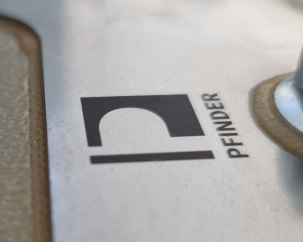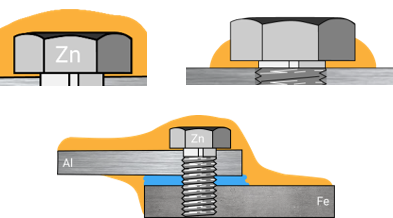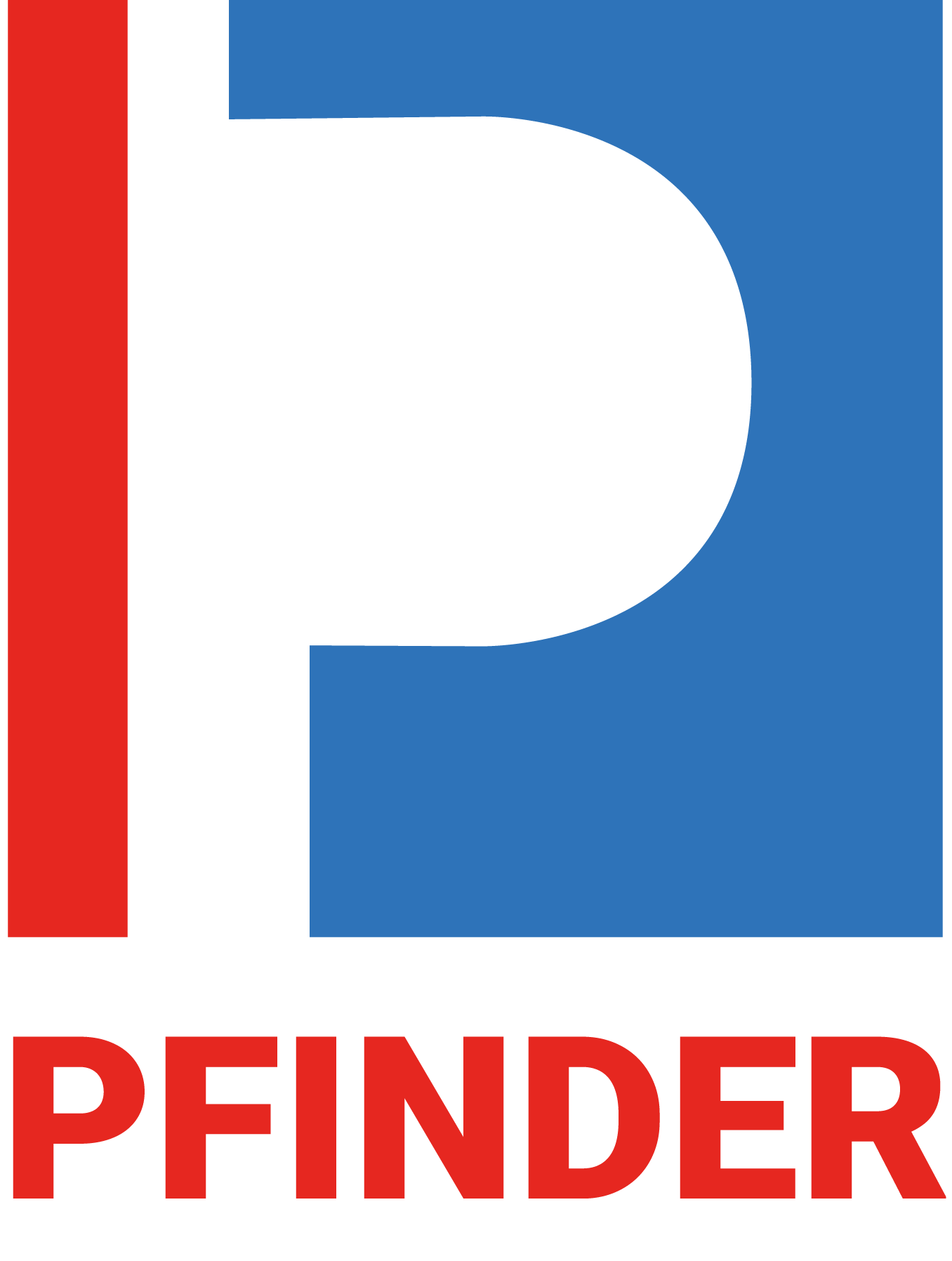Corrosion protection of joints
Force-fit and form-fit joints are of great importance in automotive engineering, especially in mixed construction, but are susceptible to corrosion and must therefore be protected against moisture at the contact points.
Challenge
- Corrosion protection layer/priming/passivation is destroyed by mechanical processing and joining techniques such as screws, rivets, bolts.
- The expansion behavior of the base material and the bonded joints differ, which can cause the corrosion protection layer to peel off.
- Gaps can form and crevice corrosion accelarates the corrosion of the primary protection layer
- A multi-material mix promotes contact corrosion
Solution
- Application of air-drying waxy anti-corrosion coating with high long-term flexibility.
- Creation of a barrier between water and base material (barrier effect)
- Barrier effect against aggressive media prevents corrosion at the joint
- The material is flexible under thermal and mechanical strain
- If necessary, easy to remove with appropriate cleaners

Damaged and corroded underbody
Precise and true-to-contour wax application due to pulse technology
Benefit
- Universal long-term corrosion protection
- Part function is guaranteed and thus component functionality and safety
- Joints can be easily opened and material residues easily removed (reparability)

Damaged and corroded underbody
Barrier protection for screw connections





